Revolutionizing Railway Inspection with AI Vision-Based Inspection Systems for Rolling Stock

Railway Inspection with AI
Vision-based Railway Inspection System for Railway Rolling Stock
Railway rolling stock is the heart of any rail transport system. It includes locomotives, passenger coaches, freight wagons, and other equipment that operate on the tracks. The safety and efficiency of rail transportation depend on the proper maintenance and inspection of rolling stock. However, manual inspection of rolling stock can be time-consuming, labor-intensive, and prone to errors. Vision-based Railway Inspection Systems (VRIS) using artificial intelligence (AI) can help engineers and operators inspect railway rolling stock more efficiently and accurately.
VRIS uses cameras and other sensors to capture images and data from various angles of the rolling stock. The images and data are then processed and analyzed by AI algorithms to detect any defects or anomalies in the rolling stock’s components, such as wheels, bearings, brakes, couplers, and axles. VRIS can detect and classify various types of defects, such as cracks, wear and tear, misalignments, and abnormalities in the thermal and acoustic signature of the rolling stock. The AI algorithms can also predict the potential failure of the components, which helps engineers and operators take proactive maintenance actions to prevent accidents and downtime.
AI-based VRIS has several advantages over manual inspection. First, it can inspect rolling stock more comprehensively and quickly, covering all angles and locations that are difficult or impossible to access by human inspectors. Second, it can detect and classify defects more accurately and objectively, avoiding the subjective judgments and human errors that can occur in manual inspection. Third, it can reduce the costs and risks associated with manual inspection, such as labor, training, and safety hazards.
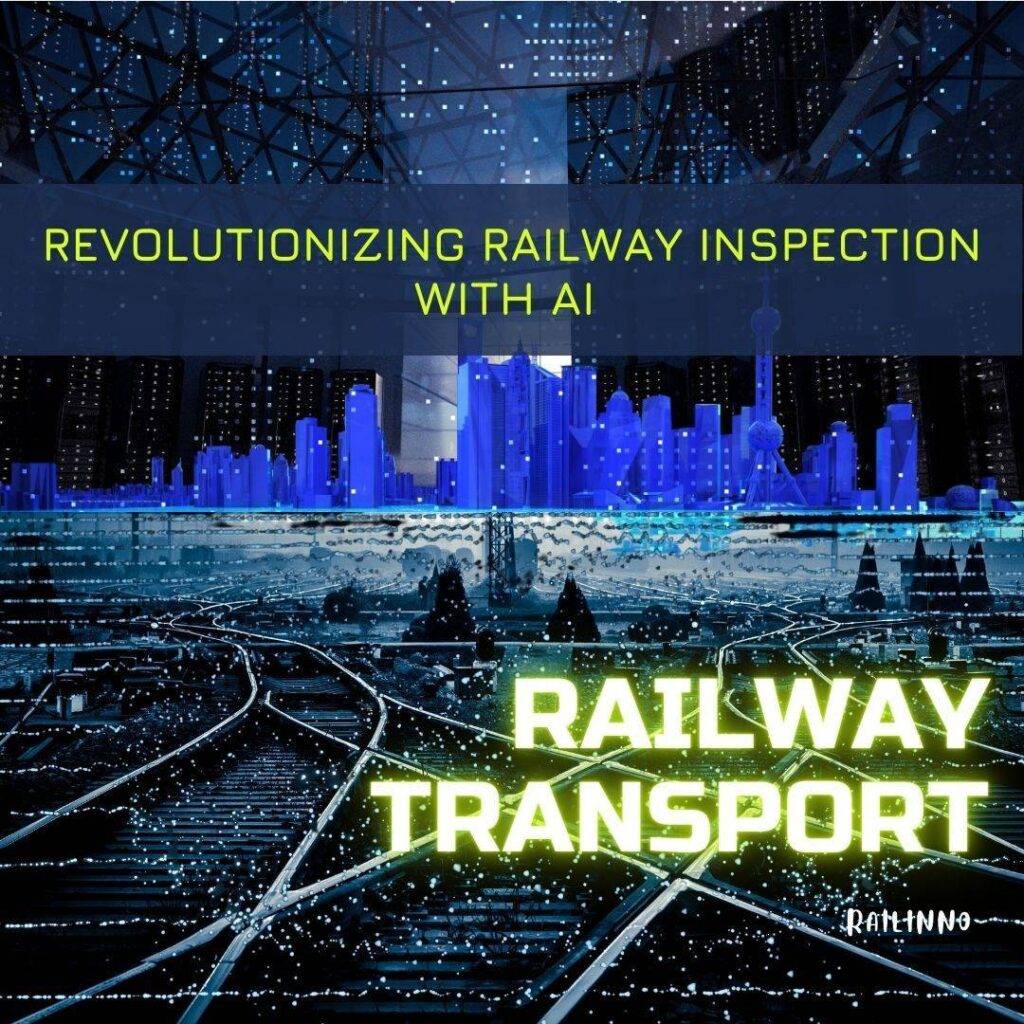
Railway Inspection with AI can also help engineers and operators improve the VRIS by enhancing its capabilities and performance. For example, AI can help optimize the camera and sensor configuration, image processing, and data analysis to improve the accuracy and speed of defect detection. AI can also learn from the inspection data and feedback to improve its detection and prediction algorithms, making the VRIS more adaptive and intelligent over time. AI can also integrate the VRIS with other systems, such as maintenance scheduling, inventory management, and supply chain optimization, to provide a holistic solution for rolling stock maintenance and management.
Railway Inspection with AI: More Examples
The use of AI in railway inspection goes beyond just rolling stock inspection. It can also be applied to the inspection of the railway infrastructure itself, such as tracks, bridges, and tunnels.
For example, Railway Inspection with AI can analyze data from track geometry measurement systems, which measure the alignment, level, and cross-section of the track. AI algorithms can detect and predict defects such as track irregularities, rail wear, and misalignments, which can affect the safety and comfort of train operations. AI can also analyze data from bridge monitoring systems, which measure the structural integrity, vibrations, and temperature of the bridge. AI algorithms can detect and predict defects such as cracks, corrosion, and deformation, which can compromise the safety and durability of the bridge.
In addition, AI can analyze data from tunnel inspection systems, which capture images and data from the interior of the tunnel. AI algorithms can detect and predict defects such as water infiltration, cracks, and debris, which can affect the stability and safety of the tunnel.
Moreover, Railway Inspection with AI can integrate the data from various inspection systems and provide a comprehensive view of the railway system’s health and performance. AI can correlate the data and identify the root causes of defects, which can help engineers and operators prioritize and plan maintenance actions. AI can also generate predictive maintenance schedules and optimize the use of resources and equipment, which can reduce costs and downtime.
In summary, AI-based railway inspection systems can provide a range of benefits to the railway industry, including increased safety, reliability, and efficiency. By leveraging the power of AI, engineers and operators can gain insights into the health and performance of the railway system and take proactive maintenance actions to prevent accidents and downtime. The future of railway inspection is AI, and the industry should embrace this technology to stay ahead of the curve.
Finally, Railway Inspection with AI in other word AI-based VRIS is a promising technology that can revolutionize the way engineers and operators inspect and maintain railway rolling stock. It can improve the safety, efficiency, and reliability of rail transportation, reduce the costs and risks of manual inspection, and provide a platform for future innovation and integration. By embracing AI and VRIS, railway companies can stay ahead of the competition and deliver better services to their customers.
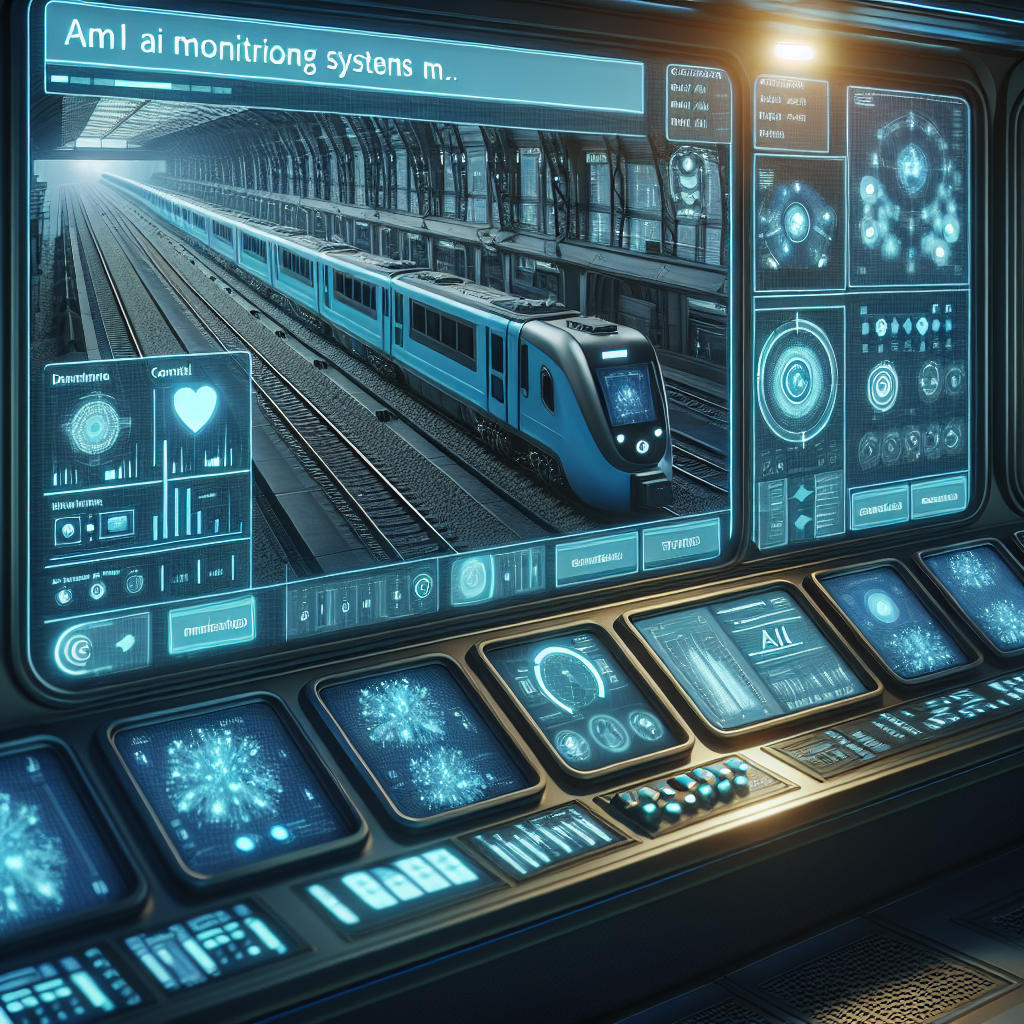
More Articles
Categories
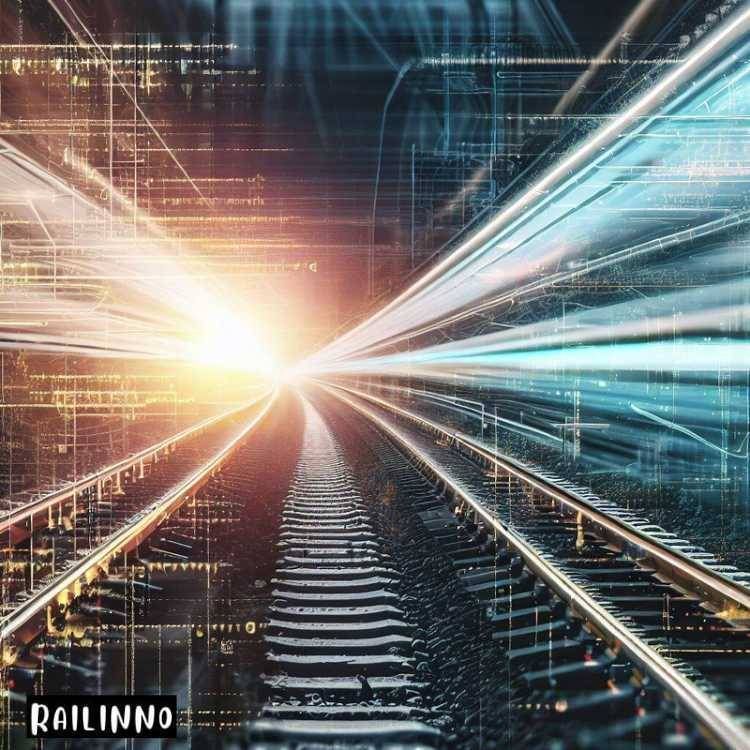

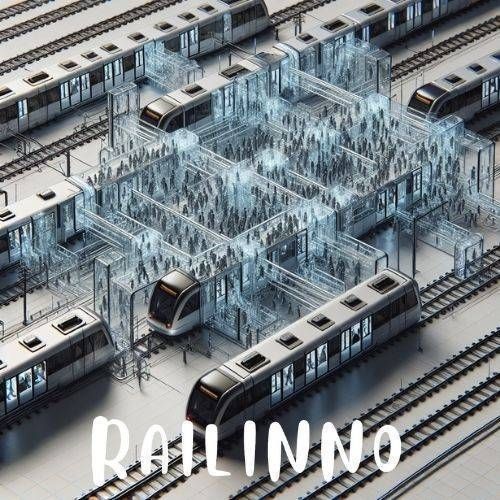
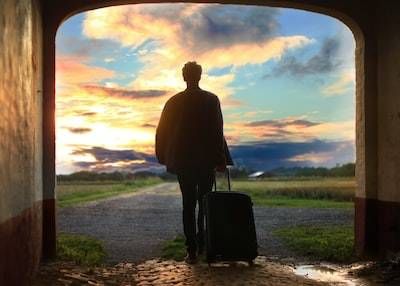




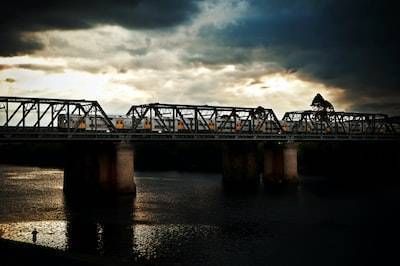
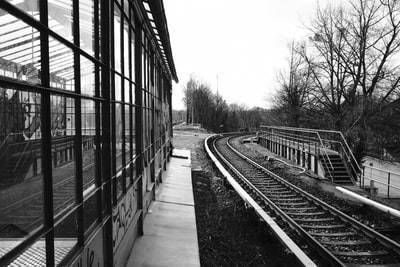
Leave a Reply